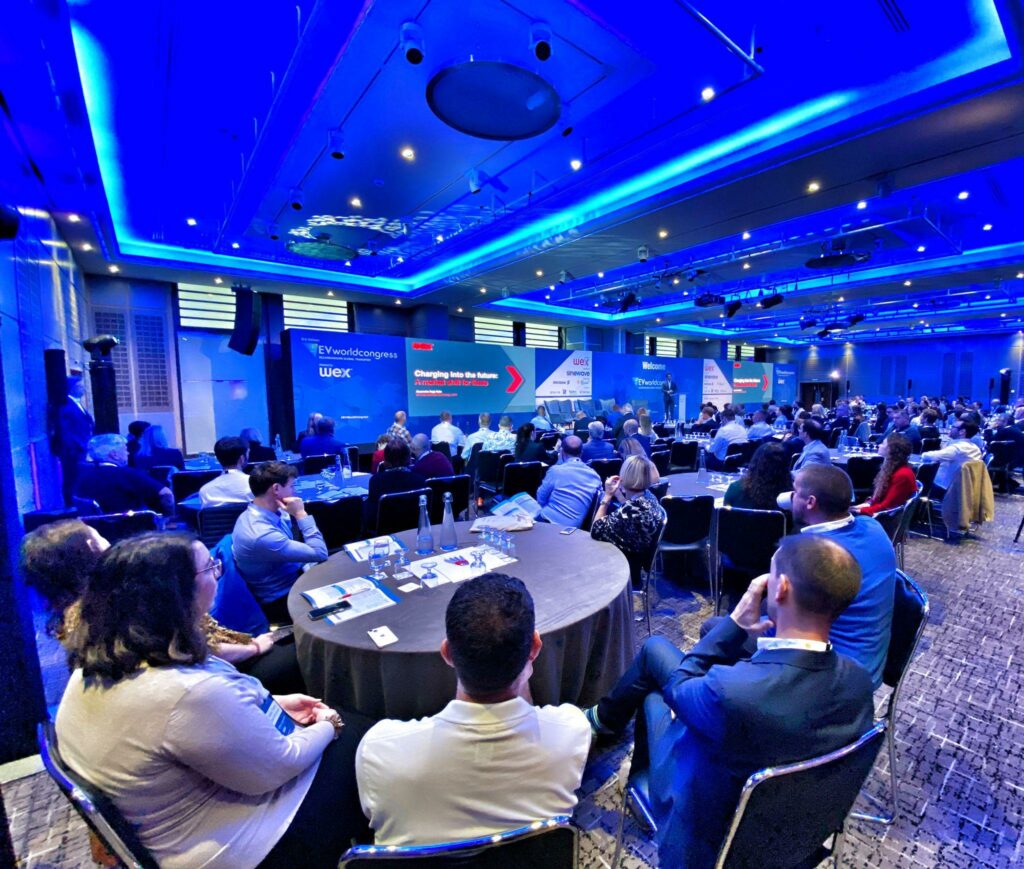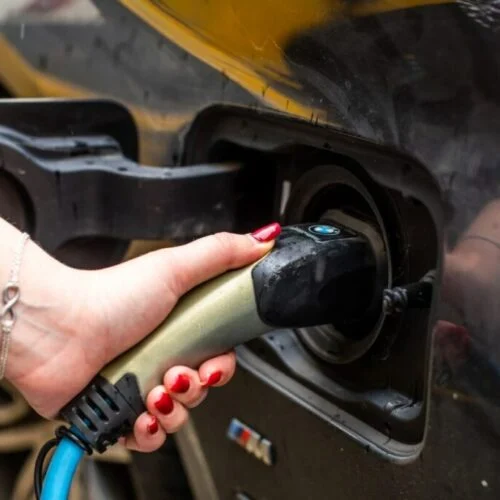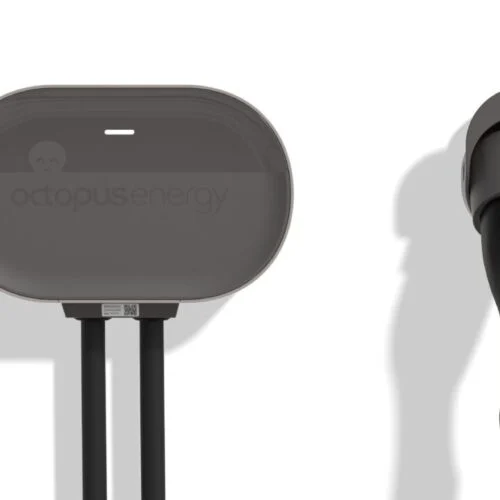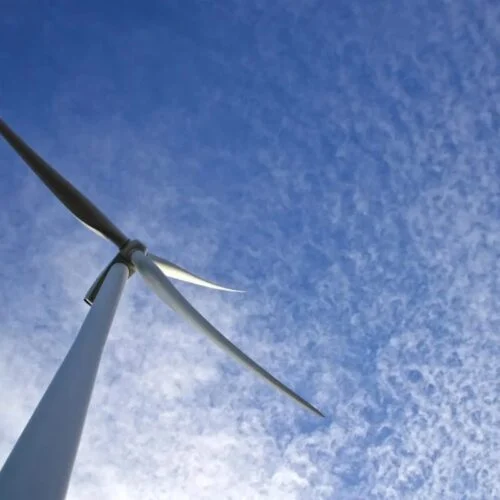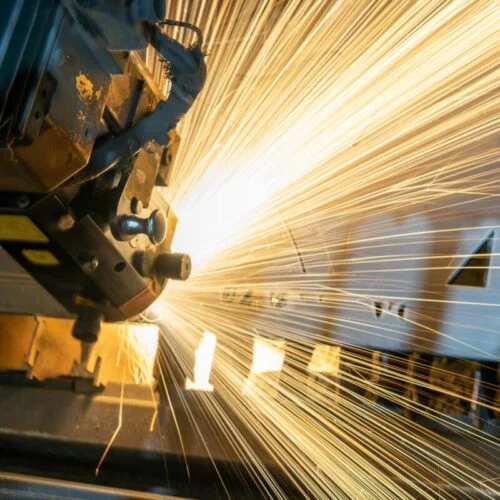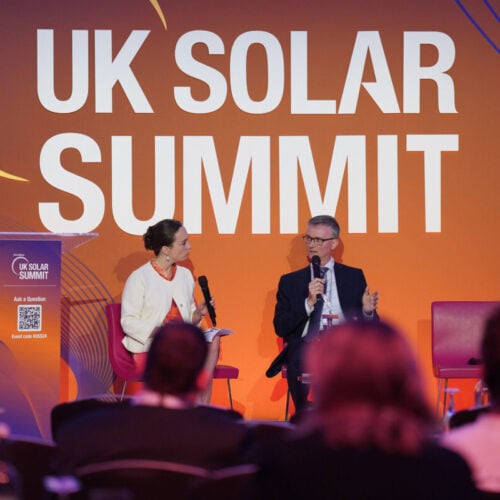The second day of the EV World Congress at the Leonardo Royal Hotel Tower Bridge is well underway, with a host of panel discussions and presentations from some of the biggest names in the emobility sector.
Current± will be covering the biggest stories from the event over its two days, bringing you all the insight, news and views from the conference.
The decarbonisation of heat is vital to reach net zero
“Decarbonising heat is key for net zero. It accounted for around a third of the carbon emissions in the UK in 2018 and represented half of energy consumption,” said Akos Revesz, senior research fellow at Southbank University.
This showcases the challenge representing the decarbonisation of British heating. As of 2020, around 85% of British households use natural gas for heating, Revesz said. To reach net zero, this must be replaced with decarbonised solutions.
The decarbonisation of heat has also been a hot topic for the UK Government having recently allocated £15 million in funding to 24 projects to reduce the cost and difficulties in installing heat pumps.
Being provided as part of the government’s £60 million Heat Pump Ready programme, the additional capital will support the deployment of low-carbon heating technology and support the target of installing 600,000 heat pumps per year by 2028.
In the same session, Russell Fenner, managing director at Revolution9 Consulting highlighted the importance of smart local energy systems.
“The integration of EVs can have significant benefits to the success of smart local energy systems and standalone energy centres for optimised energy usage,” he said.
This had also been highlighted by the Association for Decentralised Energy (ADE) in 2019 as a key method in achieving net zero emissions. The association predicted that the traditional centralised approach would be replaced by a smart, user-led system, with local energy and consumers at the heart.
Increase collaborations to gain access to international expertise
“By joining Horizon Europe, you are not only increasing European collaboration, but gaining access to international cooperation,” said Louise Mothersole, global innovation lead – transport at Innovate UK.
Although the UK has left the EU, the pathway is still open for companies to access the substantial funding available via Horizon Europe. Mothersole confirmed that “€95.5 billion in funding had already been agreed from 2021-2027”.
Cooperation between UK and Europe has seen many projects being developed at a rapid pace. In late 2020, National Grid looked to increase the UK’s offshore wind potential via cooperation with Dutch operator TenneT.
A multi-purpose interconnector (MPI) capable of simultaneously connecting up to 4GW of British and Dutch offshore wind and the countries’ electricity systems would be built, in hopes it would provide an additional 2GW of interconnection capacity between the countries.
Disparity in EV chargepoint rollout in London boroughs must be tackled
There is still significant disparity between the number of chargepoints available across the different boroughs in London.
As part of TfL’s keynote speech at the EV World Congress, Jude Hayton, principal city planner at Transport for London, highlighted the scale of rollout required to meet the capital’s targets.
There is expected to be 300,000 and 600,000 BEVs in London by 2025, so 9-21% of vehicles. By 2030, there is expected to be over 1.4 million.
To hit the preferred scenario targets – the upper end of BEVs – there will need to be 40,000-60,000 chargepoints, with 3,000-4,000 rapid chargers by 2030.
While some boroughs have stormed ahead however, outer boroughs in particular are falling behind. Westminster for example has 14,000 charge points, while Havering has just 30.
Much of this has been driven by disparity in demand, with wealthier boroughs more likely to be earlier adopters of EVs. But as the transitions continues apace, it is paramount that charging infrastructure is rolled out to allow a fair transition for all Londoner.
Solar co-located with EV charging could be a major market
“Solar linked into the EV chargers would make it a lot more financially beneficial for the landowners when looking to develop infrastructure on their sites,” said Conor Mosely, project and maintenance surveyor at Greene King.
The coupling of EV chargers alongside solar generation could be a crucial aspect in scaling the infrastructure available to drivers. Due to the rising costs of energy amid the wholesale gas crisis, renewable energy produced on site could be a major breakthrough.
This could additionally be a method for landowners to maximise its value over longer periods of time. Should battery storage also be co-located on site, a landowner’s site could become self-reliant whilst also being able to make additional revenue by releasing renewable energy back to the grid.
It is also vitally important to provide EV drivers with the confidence there are plenty of areas to charge EVs.
“It is crucial that we provide drivers with the confidence that no matter where they work, they will be able to charge their EV,” said Chris Mitchell, car park and estate manager at Westfield.
Instavolt made it a hattrick last night by winning the Private Sector Infrastructure Strategy of the Year award for the third year in a row, at the Electric Vehicle Innovation and Excellence Awards (EVIEs) 2022.
